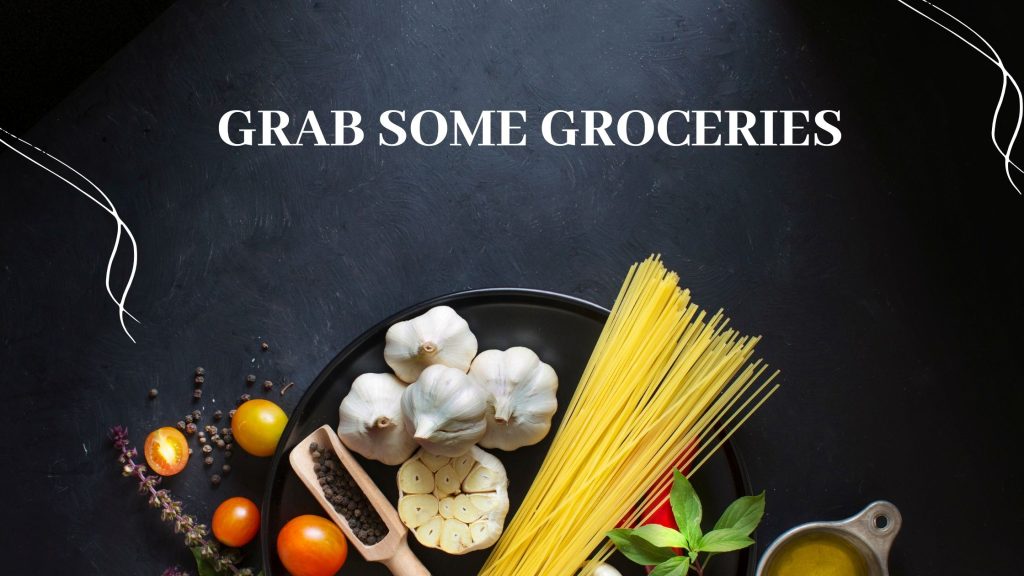“As the number of transactions on our platform increased, order density also increased, and so the probability of grouping more orders together in one trip improved, which allowed us to further reduce our average delivery cost per order,” said Meituan in its quarterly results announcement in August 2019.
Grab and Gojek need to sort out food delivery to turn a profit. But there’s a catch.
Openspace Venture’s Goh says: “Food delivery would help with profitability if the unit economics of the business is not destroyed by heavy subsidies.”
He adds that leveraging multiple services to make a loyal customer is another key requirement to turn a profit. The problem with food delivery in Southeast Asia, though, has been that it’s not much of a need.
It was convenient for people to buy their own food
F&B outlets were hesitant about joining food delivery platforms due to the revenue-sharing model
Until Covid-19.
Globally, food delivery has become a lifeline for restaurateurs as cities and countries lockdown. In China, premium dining spots that were only offering dine-in options turned to food delivery services when the pandemic struck. These branded establishments also have larger marketing budgets to advertise their offerings on Meituan, which explains the rise in food delivery advertising revenue in 2020.
However, safety-conscious, consumers became worried about delivery packaging, dropping order volumes. But those that continued to order have turned to higher-quality restaurant merchants—premium and five-star hotel restaurants—resulting in higher order value.
Neither Gojek nor Grab disclosed the revenue specifics of their food delivery business, but order volumes have certainly been up.
In an email reply to us, Grab said it recorded over 40% user growth in March for food delivery and logistic business GrabFood and GrabExpress. It also saw a 30% increase in average basket size growth for GrabFood this April, as compared to October 2019.
Grab adds that having riders to batch food delivery orders helps it complete more deliveries in the same timeframe and reduces average distance travelled by as much as 40%. This drives down the overall cost “to achieve sustainability for all parties”, the company claims.
Grab some groceries

Covid-19 has accelerated Grab’s plan to expand its grocery delivery services GrabMart to cover 50 cities across the region. It has also mobilised some 149,000 of its drivers to support its delivery network in its six markets, excluding Cambodia and Myanmar.
The increased revenue in its food delivery business, though, is insufficient to cover the losses suffered in the ride-hailing business. Plus the rate of recovery is mostly dependent on when countries emerge out of nationwide lockdowns. (We wrote about the shift in digital services during Covid-19.)
Although food delivery is the main component that draws consumers to Meituan’s app, the real cash cow is merchant advertising.
After signing up to be on Meituan’s platform, as suppliers, it is natural for merchants to tap on advertising to boost consumers’ demand. Compared to the food delivery business, Meituan’s service-booking—in-store, travel and hotel—segment boasts a much higher profit margin due to lower operating costs.